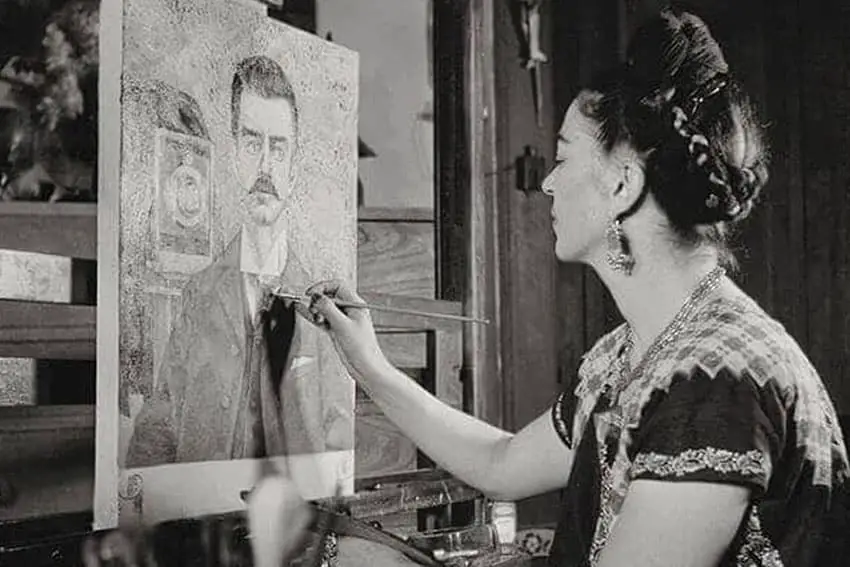Researchers’ study suggests new diagnosis for Frida Kahlo: CES

Researchers at the Guttmann Institute in Barcelona have posthumously diagnosed the medical condition that Mexican artist and icon Frida Kahlo suffered from, a rare neurological condition called Cauda Equina Syndrome (CES), which the researchers say was caused by traumatic injury.
“The diagnosis of cauda equina syndrome, particularly in historical patients like Kahlo, can shed light on their experiences and the effects on their lives,” said Dr. Hatice Kumru, a neurologist at the Guttmann Institute and lead author of the study, which was published in the Journal of Neurology in September.

Kahlo is regarded as one of the most significant artists of the 20th century, and in 2021, one of her paintings sold for US $34.88 million at auction, a record at the time for any Latin American artist. Her experience of illness and suffering was a pervasive theme in her often autobiographical works of art.
When Kahlo (1907–1954) was six years old, she was diagnosed with polio, which left her with permanent damage — her right leg was shorter and weaker than her left.
When she was 18, she survived a severe bus accident that left her disabled — a long metal rod tore through her midsection when her bus slammed into a trolley car. She suffered multiple fractures in her pelvis, ribs, shoulders and spine.
Due to the accident, she endured chronic pain and fragile health for the rest of her life. Her injuries and paralysis at times left her confined to bed, and she often wore an orthopedic corset.
Medical documents from that time speculated Kahlo’s pain was the result of fractures, immobilization, postpolio syndrome or spina bifida. But this new research suggests a more specific cause behind her symptoms.
CES is a syndrome caused by an injury to the nerve roots in the lower part of the spinal cord. The cauda equina nerves communicate with the legs and bladder, and CES can cause back pain, weakness and incontinence. If not properly treated, it can lead to permanent damage, including paralysis.


Kahlo’s medical documents show she suffered severe back pain, fatigue and genital discomfort. Between 1946 and 1950, she underwent eight surgeries, but her chronic pain persisted. She was also unable to bear children, which was a recurring theme in her paintings.
Kahlo’s personal physician, Dr. Leo Eloesser, documented her ongoing symptoms, including diminished sensitivity in the lower part of her body and worsening pain in her right leg. According to the researchers, this loss of feeling, coupled with the intense neuropathic pain she endured, matches the pattern of symptoms associated with CES.
The Guttmann Institute also concluded that Kahlo’s use of orthopedic corsets may have worsened her condition, as they can lead to muscle atrophy by impairing movement.
Kahlo died at age 47.
With reports from NMas and Be Latina
Source: Mexico News Daily

